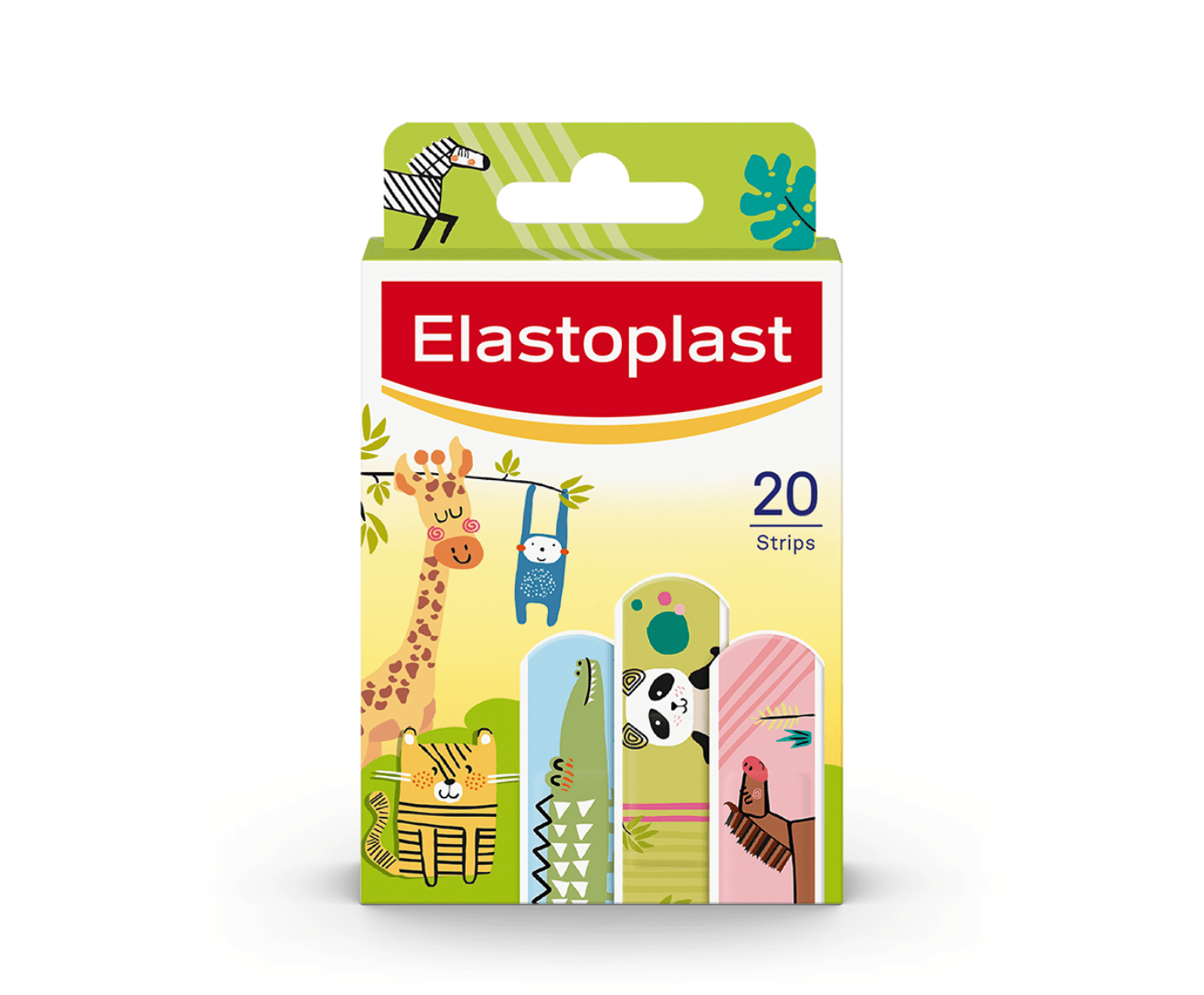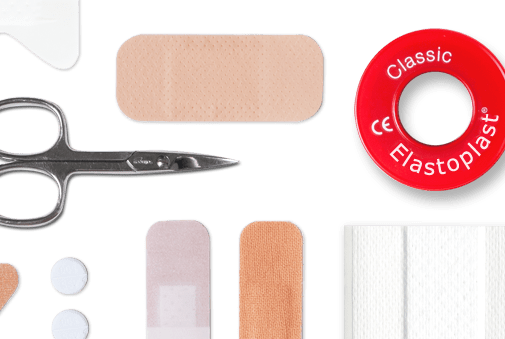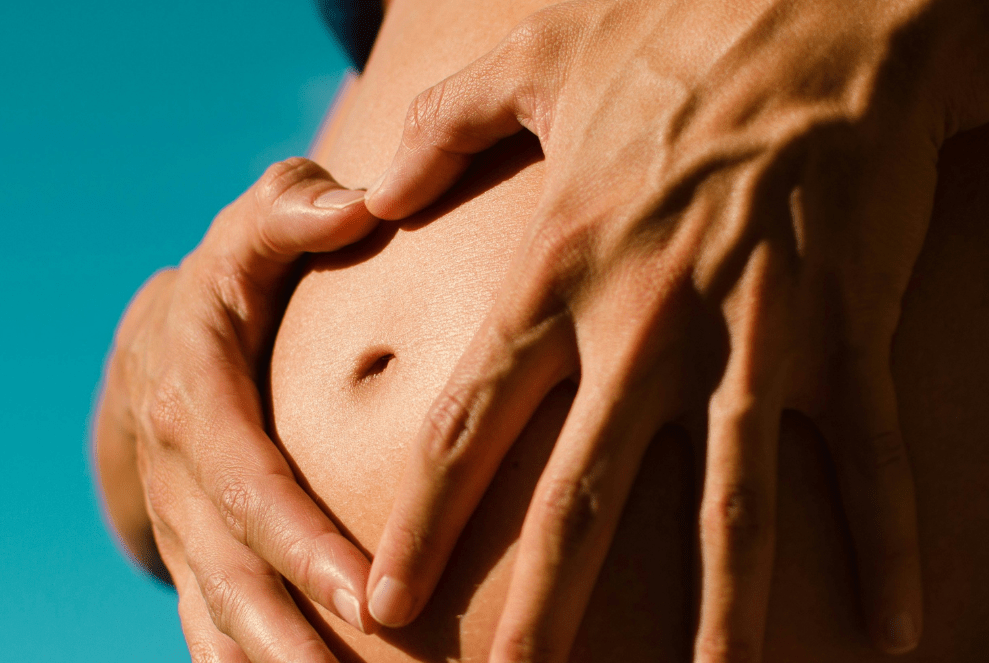What to carry in your first aid kit will depend on your planned activity, how long you're going for, and who you’re going with. For example, a camping trip with the kids for one night in the summer is going to require different essentials to a weekend hiking in Snowdonia.
We’ve compiled a first aid kit checklist of items that should be in every hiking and camping first aid kit below, as well as some top tips so that you’ve got the basics covered.







